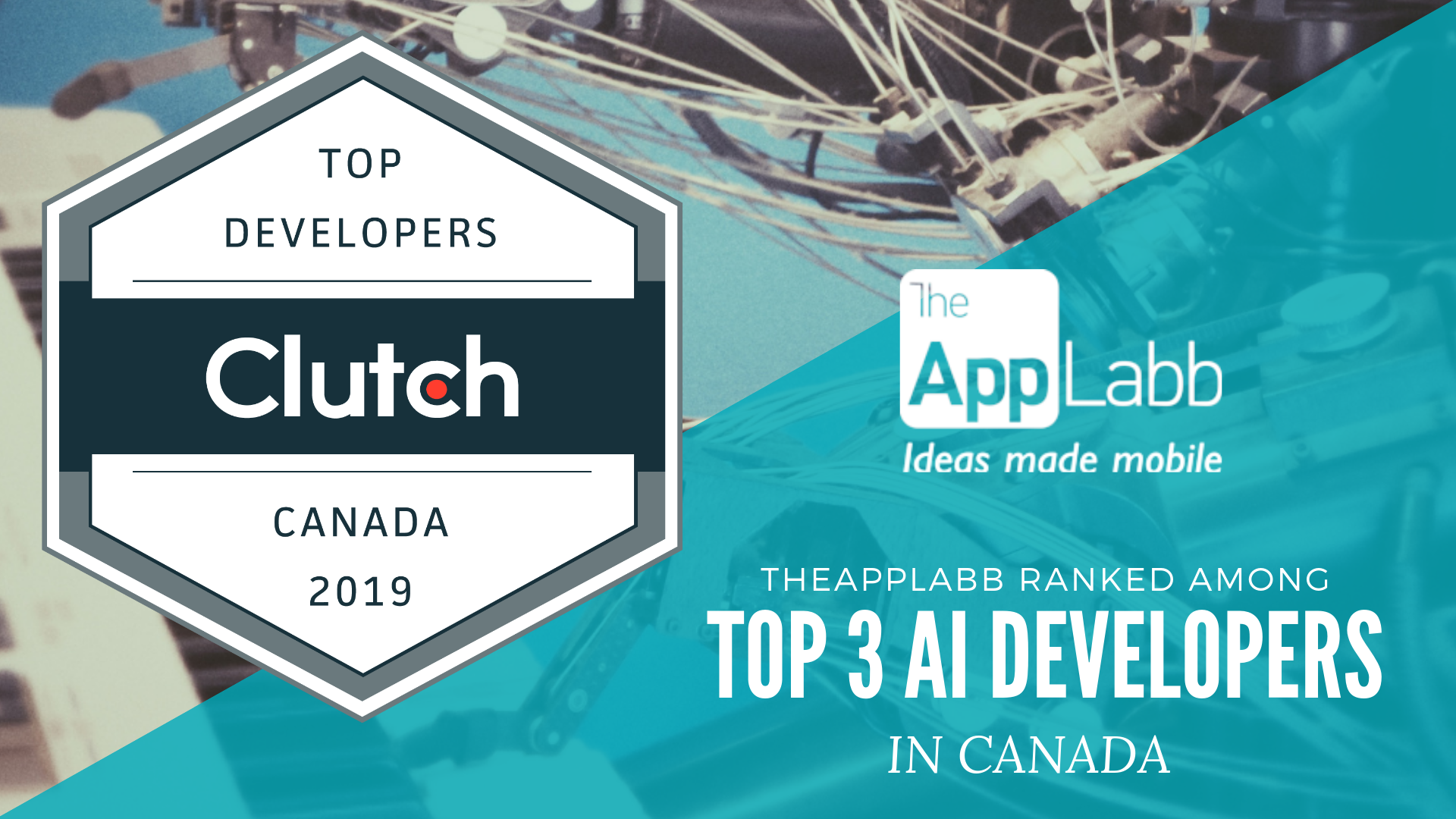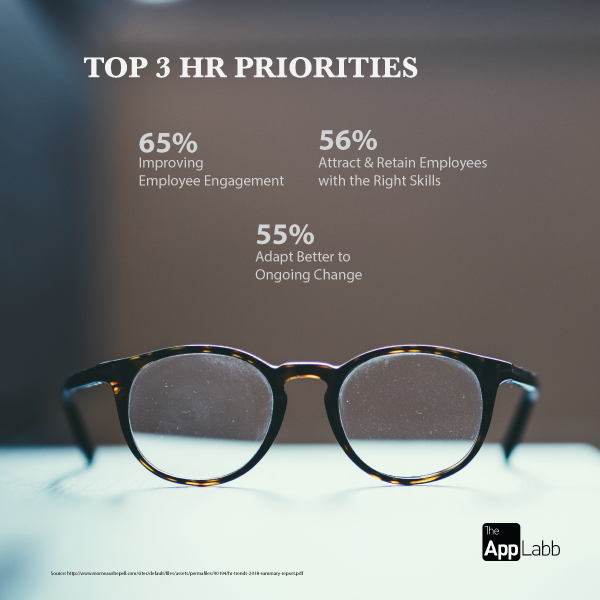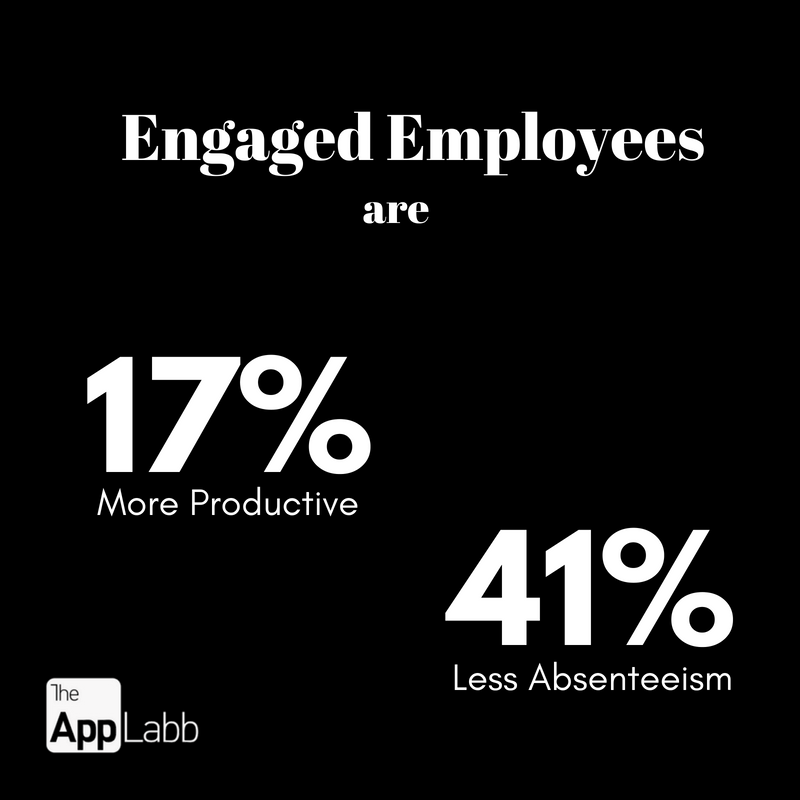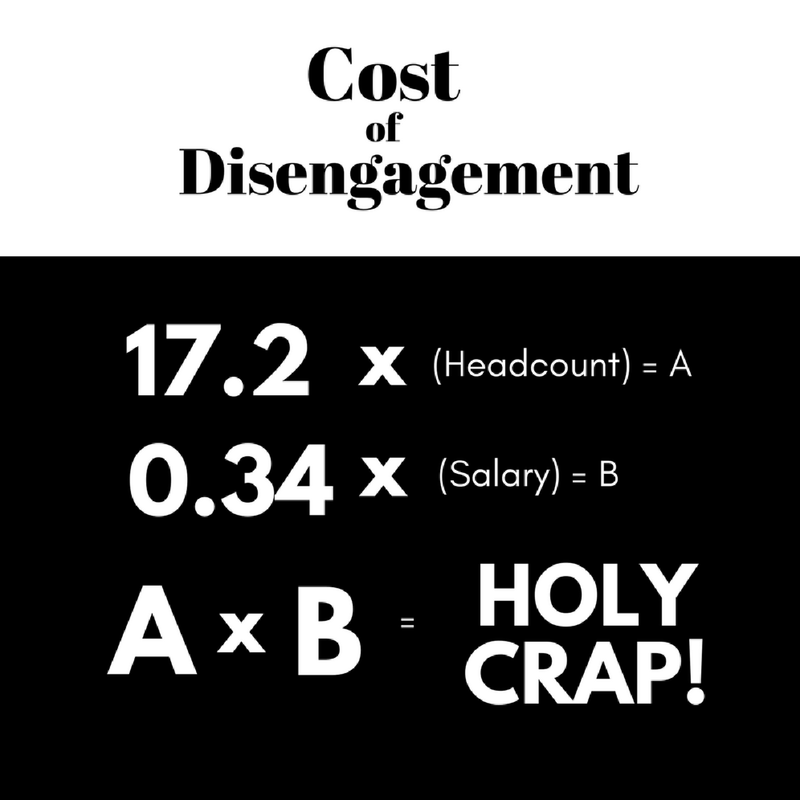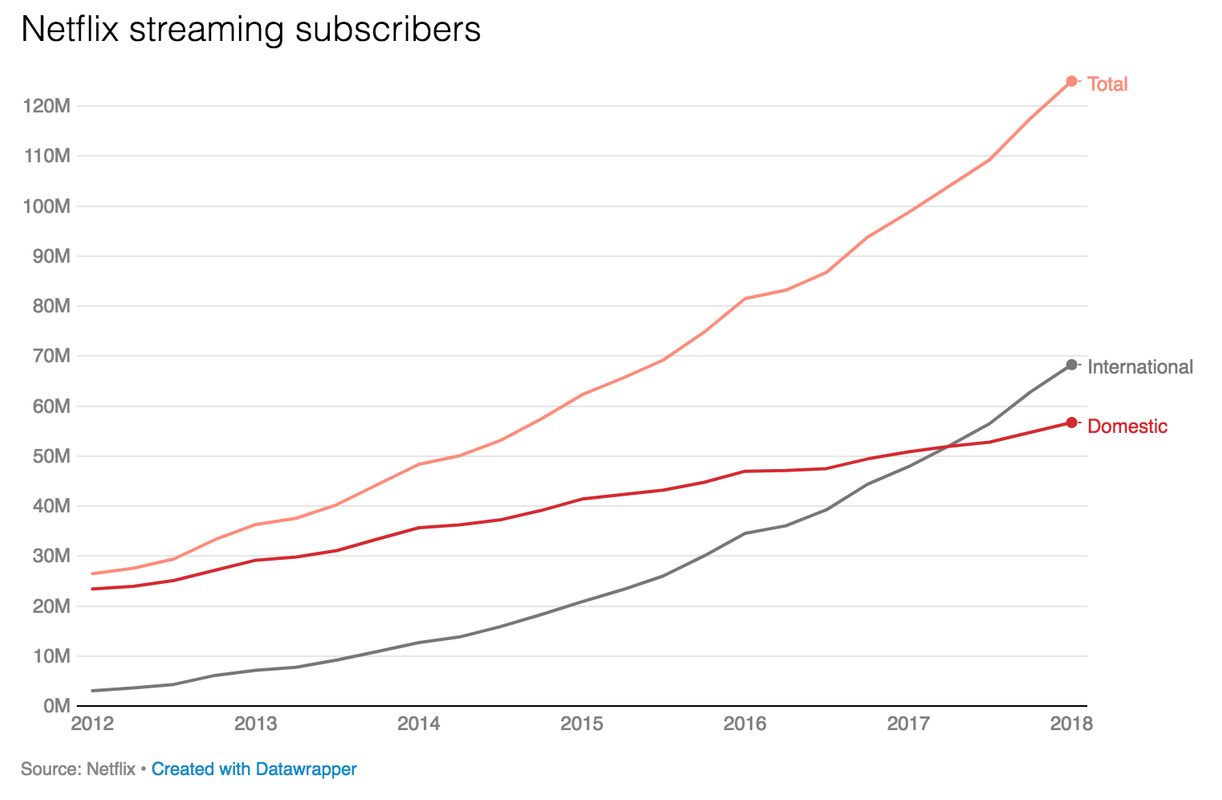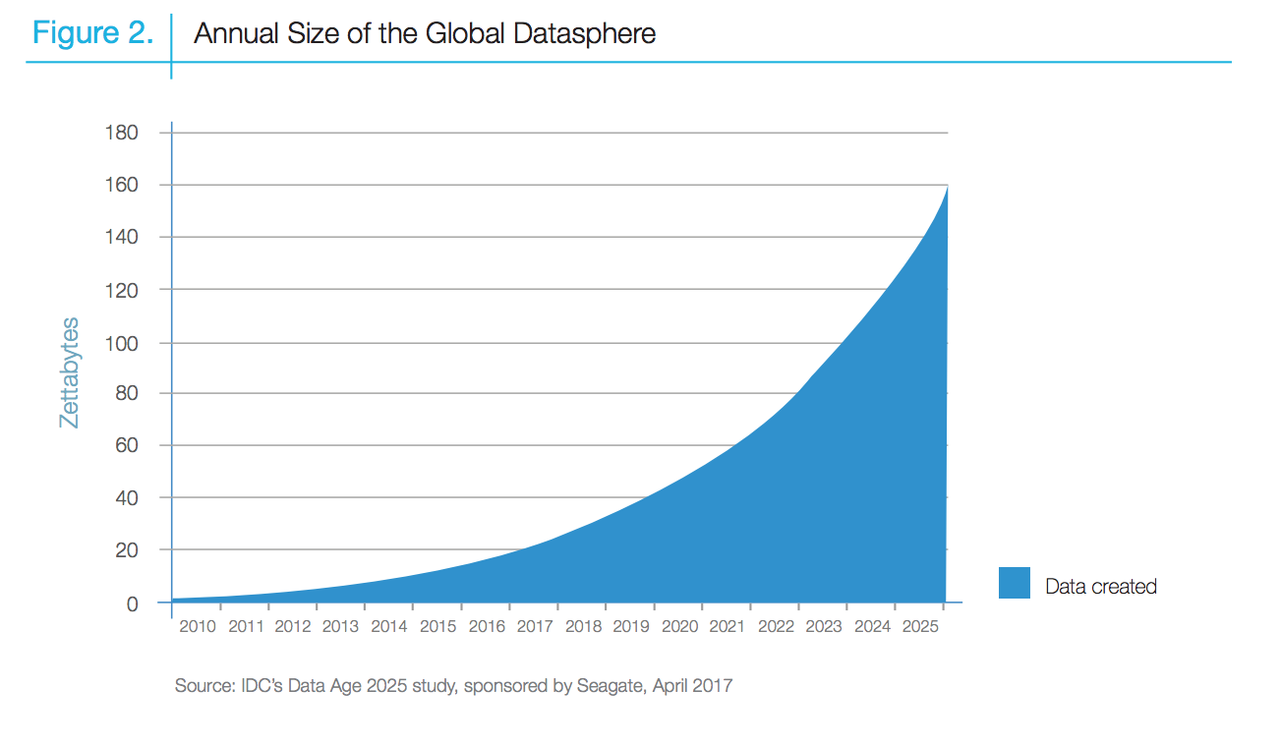[vc_row type=”in_container” full_screen_row_position=”middle” scene_position=”center” text_color=”dark” text_align=”left” overlay_strength=”0.3″ shape_divider_position=”bottom”][vc_column column_padding=”no-extra-padding” column_padding_position=”all” background_color_opacity=”1″ background_hover_color_opacity=”1″ column_shadow=”none” column_border_radius=”none” width=”1/1″ tablet_text_alignment=”default” phone_text_alignment=”default” column_border_width=”none” column_border_style=”solid”][vc_column_text]
Accelerate time to market and reduce the overall costs without sacrificing on customization and flexibility with our comprehensive White Label App solutions
 It is safe to say that much of our world is driven by mobile phones and they are a powerful piece of technology that now lies in the pockets of almost 70% of the world’s population. Apps are quickly becoming an essential part of our daily lives and an important consideration for all business planning. Building an app can be a complex (read costly) and time-consuming process; one that requires detailed planning and sometimes an entirely new dedicated app development company in Canada in order to build a custom app from scratch. As a trusted partner in building over 600+ apps across a number of industries, The App Labb team sometimes found that our clients were challenged with the process of “starting from scratch”, particularly with regards to resourcing, time and cost. To alleviate some of these daunting challenges, we began building our own white label or ‘off-the-shelf’ solutions, which are pre-built platforms exclusively designed across a range of popular industries such as retail, on-demand services, healthcare, restaurants, events, and transportation.
It is safe to say that much of our world is driven by mobile phones and they are a powerful piece of technology that now lies in the pockets of almost 70% of the world’s population. Apps are quickly becoming an essential part of our daily lives and an important consideration for all business planning. Building an app can be a complex (read costly) and time-consuming process; one that requires detailed planning and sometimes an entirely new dedicated app development company in Canada in order to build a custom app from scratch. As a trusted partner in building over 600+ apps across a number of industries, The App Labb team sometimes found that our clients were challenged with the process of “starting from scratch”, particularly with regards to resourcing, time and cost. To alleviate some of these daunting challenges, we began building our own white label or ‘off-the-shelf’ solutions, which are pre-built platforms exclusively designed across a range of popular industries such as retail, on-demand services, healthcare, restaurants, events, and transportation.
These pre-built solutions have helped a number of our clients by providing the fundamental functionality they require, allowing them to focus resourcing on specific customizations unique to their brand and market and have allowed our clients to get to market quickly so they can start to build out brand equity in the space and collect valuable customer data allowing them to learn from and adapt with their customers over time.
Perhaps the biggest win in choosing a white label solution is the ability to accelerate time-to-market. White label solutions offer standardizing essential components and fundamentals in industry learnings and market needs in order to deliver a best-in-class experience right out of the gate. The solution is quick and easy to brand with all the fundamentals of a well-performing app already laid out. The client can then invest time and resources on branding, customizing and developing other key areas needed for their individual business.
In one such example, our team at TheApplab created a unique recognition algorithm while customising our retail whitelabel solution for a fast-growing grocery delivery company. The custom algorithm was able to quickly begin learning the buying patterns of its users and notify them when a specific product was currently on sale based on the consumers buying patterns. Personalized product recommendation and reward programs ensured our client was able to increase revenue by 400% while driving loyalty. This retail platform helped the company to get to market quickly, focus on select features unique to their brand and disrupt the grocery delivery services in no time.
Another essential benefit of our white label solution is that it can be a cost-effective solution for all business sizes and fits in a more affordable budget. Building an app from scratch requires deep resources both financially and human resources for the planning, mapping and building process. Choosing a white label solution is allowing our clients to start further along in the process and direct resourcing to customization and refinement.
Building an app from scratch can be a daunting process for many of our clients with regards to defining the starting point and “ready to launch” point, assembling resourcing needed for the project and securing budget for a project of this size. Not many businesses have a fully formed and skilled development and design firm in house to tackle these large-scale projects. White label solutions provide clients with a fully operational platform that leverages a deeply experienced design and development team to incorporate all of the platform fundamentals based on deep industry experience. This also means that you are potentially avoiding some of the pitfalls that can occur in early stages of a project such as project drift, key approval and regulatory considerations and data security and functionality considerations. With “off the shelf” solutions, smaller development teams that sit in house, can now focus on maintenance, feature set customization, trouble-shooting and refining based on customer data and feedback – it’s like getting a head start in your “get to market” solution.
Another key consideration we have in building out white label solutions is the ability to offer clients the choice of a “head start” solution that also offers the flexibility to scale with your business as it grows and changes. App builder solutions, while offering customers a pre-built answer, often have rigid feature sets and restrict further development that falls in line with new feature requirements or changes as your business grows. With this in mind, we build out app solutions for key industries that allow you to customize or add and subtract feature sets based on business needs. This in turn means you have an app platform that scales with your business as it grows. These solutions are an attractive option for clients who want the flexibility of a custom app with the “head start” of a pre-built solution.
One of our fast growing clients from Toronto, who offers their customers third party home delivery service from a wide range of retail and marketplace vendors, was able to quickly ramp up its reach and drive net revenue per vehicle with the help of our On-Demand white label app solution. Our augmented reality standard feature set allows customers looking for delivery of their purchases to provide size estimations (particularly for large items like furniture) based on product scans using the app on their phones. This in turn, is making it easier for drivers to more accurately plan out vehicle space and delivery requirements. Our built in trip scheduling engine makes end-to-end delivery of anything from anywhere possible from customer order all the way through to home delivery. With real-time customer/vendor visibility on pickup and delivery status, our app solution ensures our client is able to deliver on convenience and satisfaction promises to their customers.
In today’s market, creating a brand experience in an app environment is the key to unlocking additional revenue potential, creating an exceptional and unique customer experience and being able to grow and scale along with your customers as their needs and the market itself changes and evolves. Brands are tasked with weighing the cost vs benefit of building out customer app experiences that deliver a feature set that is unique, fully functional and seamless for your customers while delivering on profitability and business KPI’s. Choosing a white label solution means that you can start much further along the path with a fully functional platform that gets you to market quickly, reduces the overall costs of the project and allows you to focus in-house teams on powerful customization features and experiences unique to your brand. Launching quickly also means that you can beat competitors time to market and start to collect valuable customer data and turn that into new and refined features that continue to build customer loyalty and customer acquisition for years to come.
As Covid-19 continues to accelerate digital transformation across industries, our Whitelabel App solutions can help you achieve innovation and scalability. Explore them here.[/vc_column_text][/vc_column][/vc_row]

